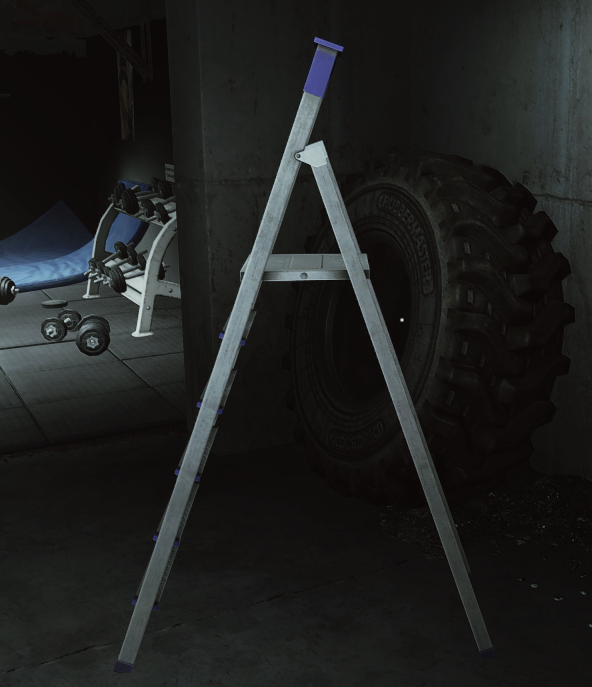Wander Type: Escape from Tarkov
“Escape From Tarkov” provided a uniquely digital backdrop for my research project, which delved into the theme of guns and the grim realities of war. As a player and researcher, I chose this location due to its intricate and realistic portrayal of conflict, allowing me to explore not just the mechanics of survival but the layered narratives that the game environment encapsulates. The decision to use Tarkov as a focal point stemmed from my fascination with how virtual realities can mirror the complexities of real-world issues, particularly the impact of firearms and warfare. My research involved navigating through various maps in Tarkov, each presenting its own set of challenges and opportunities for specimen collection. The specimens in this context were not limited to physical items but extended to environmental details, character interactions, and the subtle storytelling embedded in the game’s design. By visiting specific locations within the game, I gathered an array of specimens that illustrated the pervasive presence and consequences of conflict. This hands-on approach allowed me to immerse myself in the digital landscape, documenting the numerous elements that contribute to the game’s gritty realism. One of the most significant takeaways from my research was the number of specimens that exist within the game—many of which had previously gone unnoticed by me and likely by other players as well.
This discovery highlighted the depth and detail incorporated into Tarkov’s design, underscoring the game’s potential as a rich source of study for those interested in virtual representations of warfare. This also raised an intriguing question: Had anyone else considered examining in-game specimens in this manner, or was this a relatively untapped area of research?
About the Author: Minseob Lee

Minseob Lee is a George Mason University Korea student who majors Computer Game Design and is in the second semester of the sophomore years. This booklet was made during the AVT 215 class instructed by Professor Ahmed.
